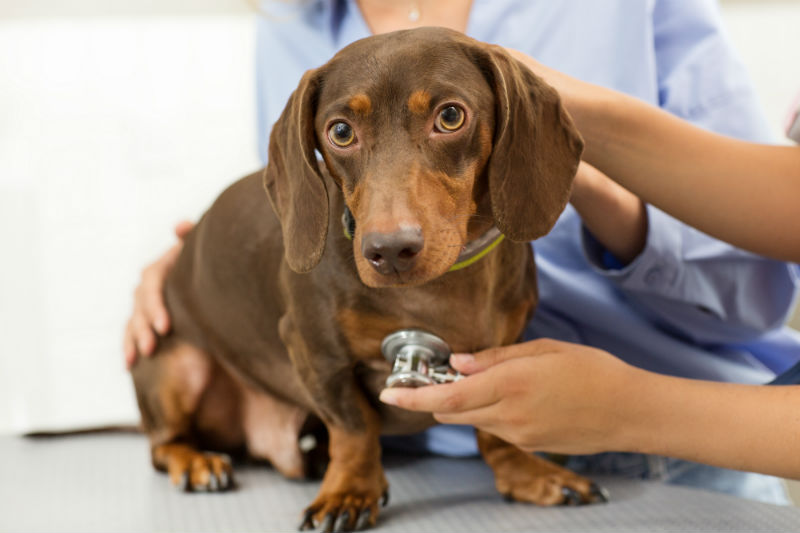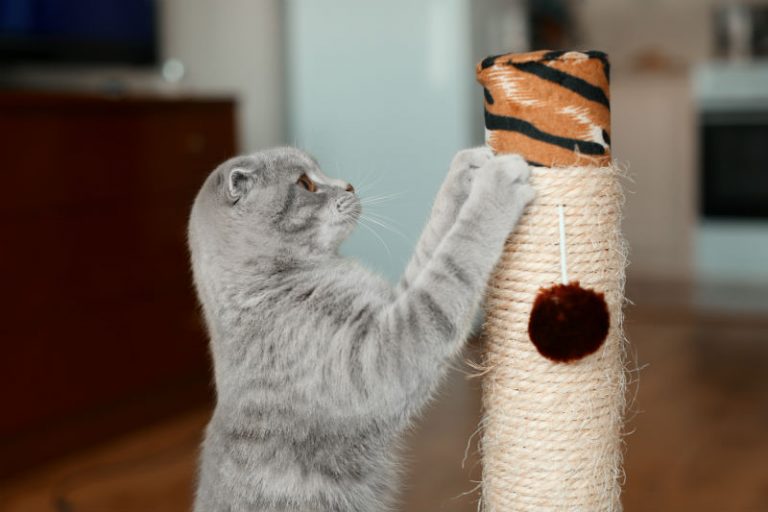The prevalence of methicillin-resistant Staphylococcal species infections in animals is increasing, and this is no longer an “uncommon” finding in clinical practice.
A distinction needs to be made between methicillin-resistant infections in dogs and cats and humans. The primary pathogen of concern for this type of infection in humans is Staphylococcus aureus, and resistant infections are referred to as methicillin-resistant Staphylococcus aureus or MRSA. These infections can be hospital or community acquired. Hospital-acquired or nosocomial infections are contracted while the patient is in a hospital; in contrast, community-acquired infections refer to those that develop in patients with no known exposure to a healthcare setting.
The primary pathogen of dogs is Staphylococcus pseudintermedius, and this is referred to as methicillin-resistant Staphylococcus pseudintermedius or MRSP. MRSA and MRSP are two different organisms with different biological behaviours. The similarity shared between these two organisms is their resistance pattern to antibiotics (i.e. methicillin resistance). These organisms share the mecA gene that confers resistance to all beta-lactam antibiotics (all classes and all generations of penicillin’s and cephalosporins). Methicillin resistance does not mean the organism is more virulent, and most infections can be treated successfully.
The factors that led to the increase in the prevalence of methicillin resistance are not known, but there is evidence that one cause is the increased use of antibiotics in the last decade. Methicillin-resistant Spseudintermedius (MRSP) can be found in or on clinically healthy dogs and cats. The reported prevalence of colonization ranged from 1.5% to 17% in healthy dogs, and healthy cats were 1.2%. Typically, pets acquire MRSP via animal-to-animal infection; healthy colonized pets are the most likely source. If an MRSA is isolated as the primary pathogen from a pet, the most likely source of exposure is from a human. Studies have shown that fewer than 4% of healthy dogs or cats are colonized with MRSA. Risk factors for MRSA in pets include surgery, hospitalization, previous antibiotic use, or exposure to humans with MRSA. Therapy pets in hospitals are also at increased risk.
The risk of transmission to humans is very low and very rare. This organism is of low zoonotic risk. When discussing this aspect, it is often helpful to first define the difference between “colonization” and “infection.” Briefly, colonization refers to the presence of bacteria that are causing no harm (tissue invasion or damage), whereas infection refers to bacterial invasion and infliction of clinical signs. Unlike in humans, in which S aureus colonization is common, colonization with S pseudintermedius is unlikely to even among humans that have frequent contact with animals. In one study in which 144 healthy veterinary staff members were cultured, only one showed colonization. When hospital records of 3397 cultures were reviewed, only two S. pseudintermedius isolates were identified.
However, studies have shown that dog bite wounds are a risk factor for infection, with one report from the UK identifying S. pseudintermedius in 6/34 bite wounds. Transient colonization can occur in humans that are treating dogs with deep pyoderma due to MRSP. Contact with purulent material was the most likely source, and exposure to this and contact during bathing may be risk factors for colonization. Extra attention to good hygiene is always recommended when in contact with patients with MRSP infections, especially in anyone that is at increased risk for infection in general.
The most important precaution when dealing with an MRSP positive pet is frequent and thorough hand-washing with soap and water after touching or handling the pet or its food bowls or bedding. The other pets in the home do not need to be screened or decolonized. There is no information about when and how to decolonize MRSP from colonized pets. This organism evolved to live on pets, and this makes it difficult if not impossible to decolonize pets. The infected pet does not need to be quarantined; however, until the infection is resolved the dog should not attend playgroups, dog daycare, dog parks, training classes, or pet therapy activities. The intent is to limit contact and transmission to animals that may be susceptible to transmission and colonization (pets with wounds or chronic skin diseases).
As for home contamination, practical hygiene and cleaning are recommended. It is essential to wash the pet bowls daily and clean any regular sleeping site. Regularly wash collars, leashes, toys, and bedding. Bathing of pets is part of the treatment plan, and it is prudent to be especially attentive to hand washing and changing clothes after bathing. Wash potentially contaminated bedding, towels, or clothes separately, and dry on hot settings. MRSP-positive dogs should not sleep on beds or with children.
Treatment is two-fold—systemic and topical therapy. Systemic antibiotic therapy is based on culture and susceptibility to determine if there is a non-beta- lactam antibiotic treatment option. The two most common treatment options are potentiated sulfonamides and chloramphenicol. However, many infections may be susceptible to clindamycin and minocycline. The use of vancomycin and linezolid in veterinary patients is controversial, due to ethical concerns; these drugs are reserved for use in MRSA patients. Topical therapy begins with good coat hygiene; remove shed hairs and mats and clip the hair coat to facilitate bathing. Daily or every-other-day bathing with an antimicrobial shampoo (chlorhexidine for 5 to 10 minutes is recommended). Topical 2% chlorhexidine solution can be used as a leave-on spray if owners cannot bathe pets that frequently. Mupirocin ointment can be used to treat focal areas of infection.
Summarized from Karen A. Moriello, DVM, DACVD University of Wisconsin–Madison
University of Guelph’s Worms and Germs Blog (wormsandgermsblog.com) is a great resource.
Written by Alex Hare, DVM




